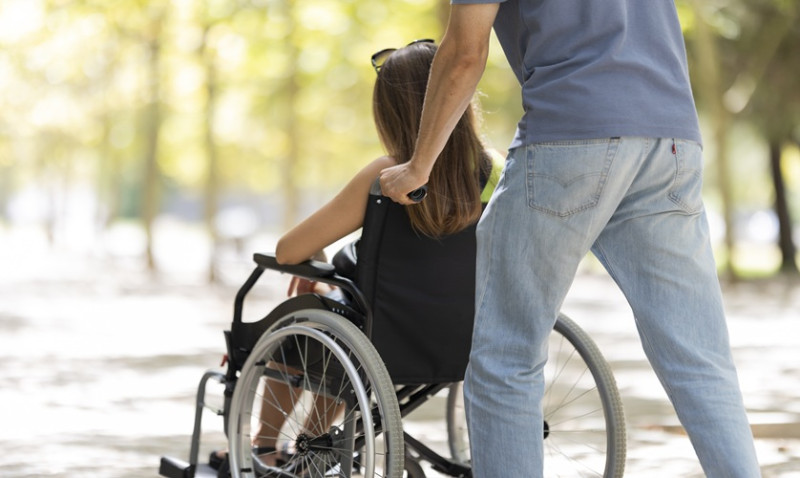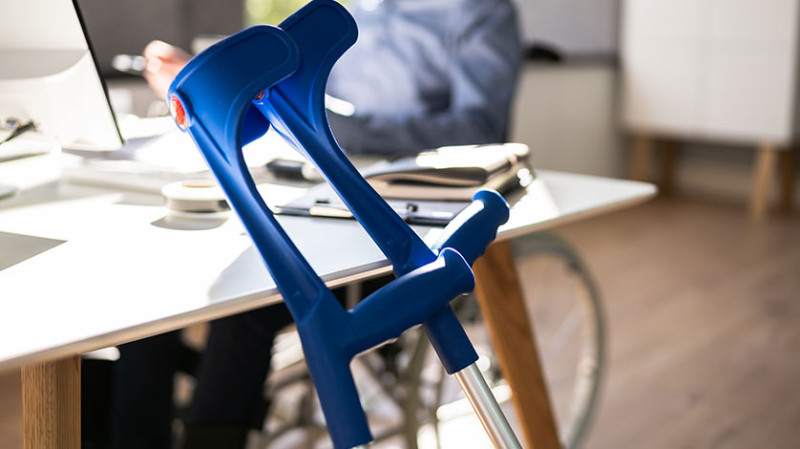
Personal Independence Payment (PIP) is a UK government benefit that helps people with long-term health conditions or disabilities. If you’re a homeowner, DIY enthusiast, or professional working in the home design and improvement industry, understanding PIP and whether you or your clients qualify can be life-changing. In this post, we’ll break down what PIP is, who qualifies, and how to apply—with real-world relevance for young professionals, designers, tradespeople, and anyone navigating home living with a disability or health limitation.
What is PIP?
PIP stands for Personal Independence Payment. It's a non-means-tested benefit provided by the Department for Work and Pensions (DWP). That means it isn’t affected by your income, savings, or whether you're employed. Instead, it’s designed to support people aged 16 or over who have a long-term health condition or disability and need help with daily living or mobility tasks.
PIP is particularly significant in the context of home improvement and personal independence since it can be used to fund adaptations that make your home more accessible, as well as to pay for care or mobility needs. For example, a tradesperson or designer working with a client who receives PIP might need to incorporate more inclusive interior design plans or assistive technologies into a renovation project.
The payment consists of two components:
- Daily Living Component: For help with everyday tasks such as washing, dressing, or preparing meals.
- Mobility Component: For help with moving around or going out.
Each component has a standard and enhanced rate, based on how much help someone needs.
Who is Eligible for PIP?
Eligibility isn't based on your diagnosis but rather on how your condition affects your ability to perform key activities. Here's the basic criteria:
- You must be aged 16 or over and under State Pension age.
- You must have a long-term physical or mental health condition or disability.
- You must have had the condition for at least three months and expect it to last at least nine more.
- You must have difficulty with daily living or mobility tasks.
It doesn’t matter whether you’re employed or not, and you can receive PIP alongside other benefits. Many young professionals and tradespeople might assume they’re not eligible if they're working full time, but that’s not the case. If your condition limits your day-to-day abilities, you should consider applying.
DIY enthusiasts and home renovators should also be aware that if you or a household member qualify for PIP, you may also be eligible for home adaptations funded by your local council, such as installing grab rails, ramps, or moving electrical switches to more accessible heights.
Assessment: What to Expect
Once you apply for PIP, the DWP will schedule a health assessment with an independent health professional. The assessment looks at how your condition affects your ability to carry out ten daily living activities and two mobility activities—not the condition itself.
The DWP uses a points-based system to determine your eligibility. During the assessment, you'll be asked detailed questions about your ability to perform everyday tasks such as:
- Preparing and cooking food
- Managing medications
- Communicating verbally
- Walking unaided for certain distances
- Getting dressed and bathing
Be honest and detailed when answering the questions. If you underplay your condition because you’re used to managing things independently—as many in the trades and design professions do—you may be under-awarded or even denied. Don't forget to mention any help you need, even if you’re not currently receiving it.
PIP Points and Payment Table
You need a certain number of points to qualify for each component and rate. Here’s a simplified breakdown:
| Component | Standard Rate (8-11 points) | Enhanced Rate (12+ points) |
|---|---|---|
| Daily Living | £72.65 per week | £108.55 per week |
| Mobility | £28.70 per week | £75.75 per week |
Exact amounts can change annually. Always check the most up-to-date figures on the government’s website.
How to Apply for PIP
The PIP application process starts with a phone call to start your claim. You’ll then receive a ‘How your disability affects you’ form (PIP 2), where you describe your condition and how it affects you in everyday life. Attach supporting documents like GP letters, care assessments, hospital reports, and prescription lists wherever possible.
You can request someone to help you fill in the form—a friend, family member, or even a professional carer or advisor. If you work in the building and interiors profession and are helping a client or loved one through home adaptation design, you can provide letters about how the home improvements assist with daily function, which can sometimes be used as supporting evidence.
Once your form is submitted, the DWP will arrange a health assessment to determine your eligibility. After the assessment, you’ll receive a decision letter. If you're not awarded PIP, or you believe the decision is incorrect, you have the right to appeal.
Why PIP Matters for Home Improvement and Design
Understanding PIP is crucial for anyone involved in home improvement and renovation—especially when creating accessible, functional spaces for people with physical or mental health conditions. With the trend toward inclusive design and ageing-in-place renovations, professionals need to factor in mobility and daily living challenges as part of their plans.
For architects and interior designers, knowledge of clients’ PIP status can influence the type of modifications or grant-funded adaptations they can pursue. For instance, if a client receives the enhanced rate of the Mobility component, they might qualify for a Motability Scheme vehicle—affecting driveway or garage designs.
Similarly, builders and tradespeople should be aware that their clients (or their family members) may be eligible for grants or council-funded adaptations if they receive PIP. That means the project budget and scope could be larger than initially expected, improving both the value of the project and quality of life for the person living there.
Final Thoughts
If you think you, a family member, or a client might qualify for PIP, don’t delay in applying. The process can take a few months, and benefits are usually backdated from your application date. For those working within the home improvement industry, knowing your way around disability benefits like PIP isn’t just empathetic—it’s practical. It allows you to better serve your clients, create more thoughtful designs, and access resources that could enhance your project outcomes.
Always refer back to the official government website or speak with a trained advisor for the latest criteria and support through the application process.






